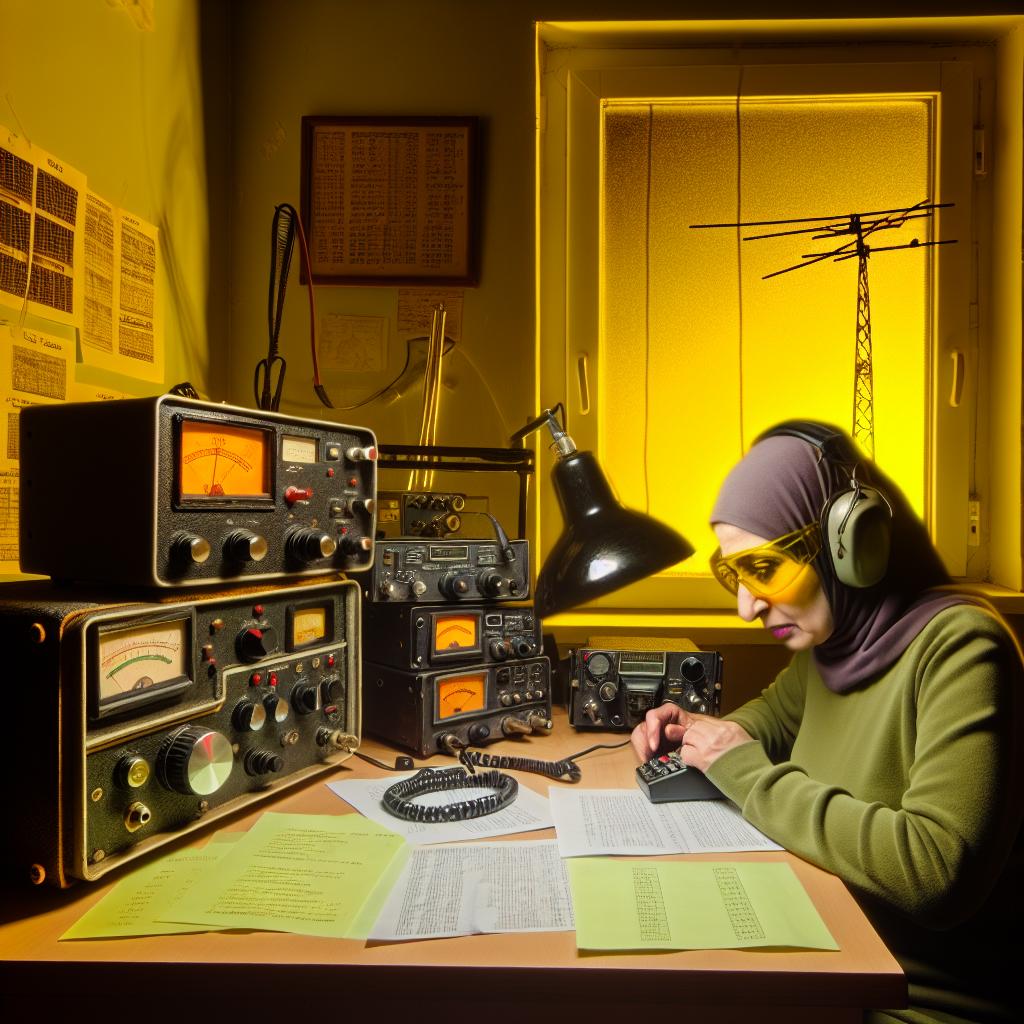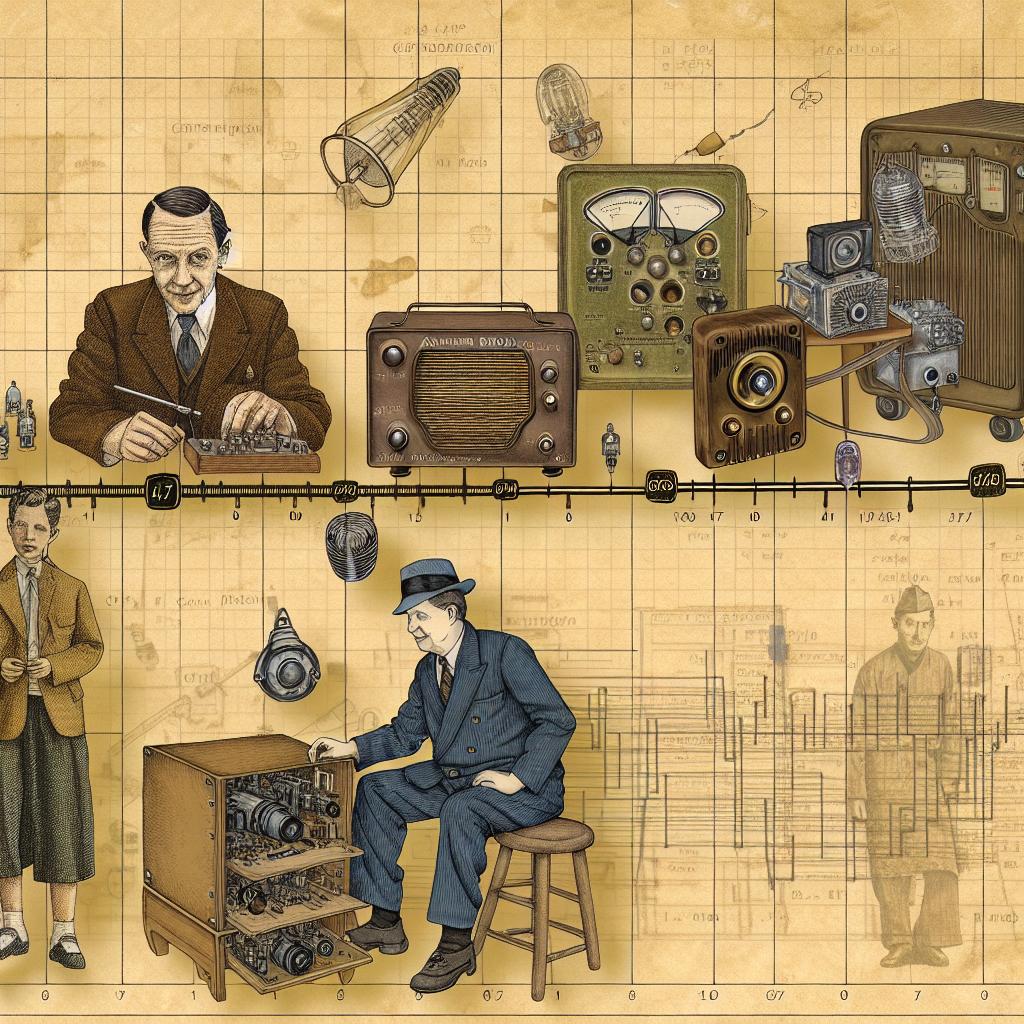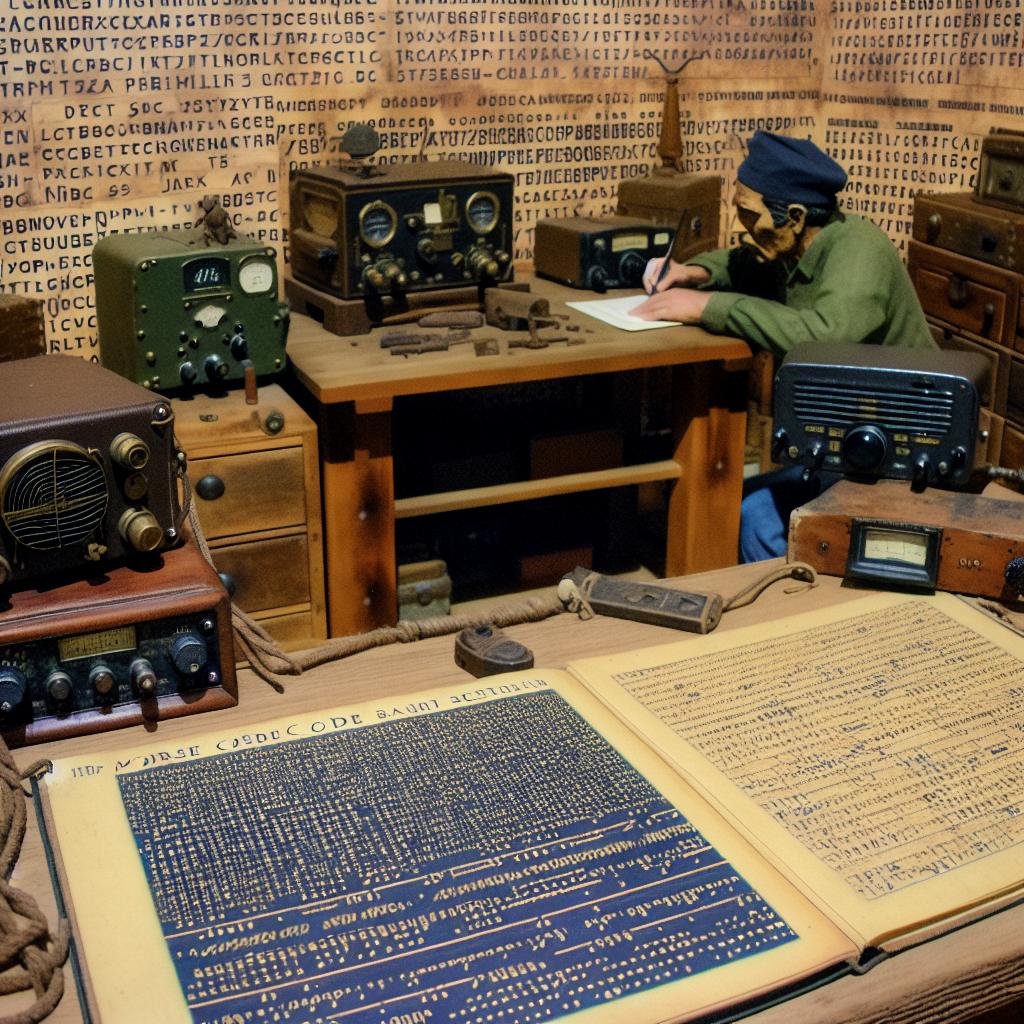Understanding the Basics of Ham Radio Transceivers
Ham radio, also referred to as amateur radio, offers an intriguing avenue for individuals interested in exploring long-distance communication without the dependence on commercial networks. Amateur radio enthusiasts use this platform to connect over various distances, often communicating globally. A critical component of entering this exciting hobby is selecting your first ham radio transceiver, which plays the dual role of a transmitter and a receiver, forming the core of any ham radio system. Making an informed choice is essential for aligning with one’s communication goals and technical preferences.
Assessing Your Needs and Interests
The process of choosing an appropriate transceiver involves a careful evaluation of your intended usage patterns. Should your interests lean more towards local communications, there are specific models that cater to these needs, ensuring clarity and effectiveness over shorter distances. Conversely, those intrigued by the prospect of global interaction may require a more feature-rich transceiver. Your intended use not only guides the selection of the transceiver but can also influence its design preference—whether you opt for a portable model for versatility in various locations or choose a more robust desktop unit for consistent home-based operations.
Entry-Level vs. Advanced Models
Embarking on the ham radio journey often begins with the selection of an entry-level transceiver, especially for novices. These models generally cater well to beginners, offering a balance between affordability and user-friendly interfaces. They typically lack the complexity of advanced models, making them a more straightforward introduction to the hobby. While starting with an entry-level model is pragmatic, it’s prudent to select a transceiver that possesses room for growth as your proficiency increases. In contrast, seasoned operators or individuals with a technical inclination might find advanced models, with their vast array of functions, to be more stimulating and rewarding.
Frequency Ranges and Bands
When delving into transceiver features, the frequency range and band capabilities are pivotal considerations. Ham radios operate over varied bands, each characterized by its specific properties and optimal uses. An accessible starting point for beginners often includes models supporting VHF (Very High Frequency) and UHF (Ultra High Frequency) bands, which suit shorter-distance communications effectively. For those inspired by long-range interaction, possibly reaching international contacts, exploring transceivers with HF (High Frequency) capabilities might be requisite.
Transceiver Features to Consider
Modern transceivers are equipped with numerous features designed to amplify the amateur radio user experience. Among these, DSP (Digital Signal Processing) stands out due to its ability to enhance audio quality by diminishing noise and interference. This technology is particularly helpful in ensuring clarity during communications. Additionally, models featuring automatic antennas tuners present a convenient solution for users by automating the critical alignment of radio waves to antennas—a pivotal aspect of efficient transmission and reception.
Additional features that merit consideration include multiple channel memories,which facilitate rapid access to predetermined frequencies, streamlining operation and improving user convenience. Moreover, dual watch capability—the potential to monitor two frequencies concurrently—further enriches the operational scope of your transceiver, particularly useful in dynamic communication scenarios.
Budget and Brand Considerations
In terms of financial investment, transceiver prices exhibit significant variability. Various models cater to different budgets, yet it is crucial to weigh cost against the desired features carefully. This balance ensures that the purchase meets both functional expectations and financial capabilities. Within the ham radio community, reputable brands like Icom, Yaesu, and Kenwood are lauded for their consistent quality and robust support networks. Opting for an established brand can offer assurance in terms of reliability and service, which are vital in maximizing the utility and longevity of your transceiver.
Additional Resources
Gathering additional information and insights through multiple channels can greatly benefit potential transceiver buyers. Engaging with local amateur radio clubs offers an excellent opportunity to connect with seasoned operators who can share practical insights based on their experiences. These interactions often provide a firsthand understanding of different models and their real-world applications. Online forums and discussion groups further supplement this by offering diverse perspectives from a larger community.
For those who prefer structured learning, exploring various instructional materials, including receiver reviews, can significantly aid the decision-making process. Such resources enhance understanding by providing detailed analyses and comparisons of available models.
Engagement with these resources facilitates a well-rounded comprehension of ham radio and assists in making an informed choice when selecting the first transceiver. It’s recommended to leverage these avenues before finalizing a purchase, empowering you with the knowledge needed to make a choice that aligns closely with your communication objectives and personal preferences.




